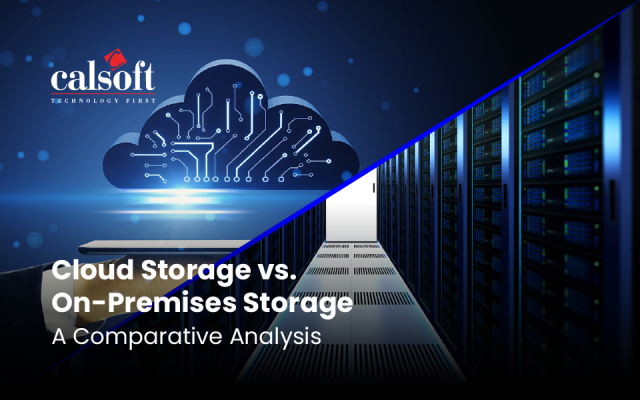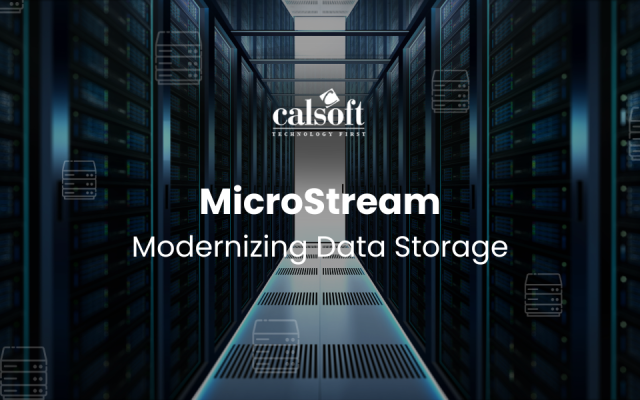Cloud adoption is accelerating fast in enterprises surging towards modernity. But are there better ways of utilizing the full potential of cloud computing?
Leaving behind the constraints of a single cloud computing platform, you will find various other arrangements like hybrid and multi-cloud computing. The annual RightScale State of the Cloud Report suggests, 90% of respondents believe that multi-cloud is already the most common pattern with businesses and enterprises.
So, let’s delve into understanding more about multi-cloud for modern enterprises.
A Look At The State Of Cloud Computing In 2021
Flexera’s 2021 State of the Cloud Report shows that 92% of 750 respondents used a multi-cloud strategy. 75% of these enterprises have a dedicated cloud team working for them. Most professionals applauded the application ecosystem and flexibility that the multi-cloud strategy offers. In 2021, the leaders of cloud computing services, AWS, Azure, and Google Cloud, also grew to 77%, 63%, and 35% respectively, indicating rising adoption rates.
What Is Multi-Cloud?
Multi-cloud is a dynamic strategy of collaboration between multiple cloud computing vendors like AWS, Google Cloud, Azure, etc. along with storage services, unified in a single network architecture.
The strategy allows enterprises to work with various aspects of cloud computing, all on the same platform. In a recent survey by Gartner, 81% of respondents confirmed that they use services from two or more cloud providers. Most enterprises today join the multi-cloud system to make the best out of the available services models, wherein they host their application through one cloud but also integrate the features provided by another cloud services provider. For example, an enterprise may have its primary data hosted on Azure as IaaS, but with a multi-cloud adoption, it can also use Google’s BigQuery. This gives enterprises the best of all worlds as they can pick and choose options based on the relative merits of each cloud provider, without having to compromise.
However, before choosing for yourself, it is best to know why so many modern enterprises are on the multi-cloud route.
Why Are Modern Enterprises Opting For Multi-Cloud?
There are numerous benefits of choosing a multi-cloud environment for your enterprise.
● Flexibility
Flexibility is the single-most important value proposition the multi-cloud offers. Working with a mix of cloud computing vendors gives the enterprise greater negotiating power and agility.
In case of relying upon a singular computing vendor, they can change their strategy, service level agreements (SLAs), and pricing model, impacting your enterprise. But with a multi-cloud environment, you exercise greater choice over your strategy, with lower vendor lock-in.
● Risk Mitigation
A multi-cloud approach can help you mitigate significant IT damages by not putting all your data in one place. All cloud computing vendors have multiple data centers in different geographic regions. While there are very few chances of an outage, they can still happen and damage all your data.
As modern multi-cloud strategies depend upon several cloud computing vendors, you can build smart Disaster Recovery and Backup strategies with distributed risk. For instance, you could have an independent replica of your application on various virtual infrastructure elements. If one of the cloud computing vendors faces any disruption or goes down, you can always access your vital data from the other vendor.
● Lower Latency
When you try to access your data and apps on the virtual network, you can experience minor delays depending upon how much the data traffic must travel before reaching the end-user. If your server is placed at a distant location, this delay will be very common, known as latency.
In the multi-cloud structure, you may well be able to access your critical data without traveling across several nodes. As the end-user, you can plan it such that you can receive business-critical data from the closest data center to you by avoiding server hops. This is highly beneficial for larger organizations that need to serve corporate data across various locations while maintaining a unified experience for the end-user.
● Optimized ROI
All cloud computing platforms are built differently. They have major differences between their functionalities, characteristics, policies, and pricing models. Choosing the right cloud computing platform for your enterprise means working with individual metrics and applications that cause confusion and make management difficult.
But if you choose a multi-cloud environment, you won’t have to compromise. Curate a cost-efficient set of cloud options to get easy access to a range of business and computing functions, by factoring costs into your strategy. This helps optimize your returns on investment in the cloud setup.
Multi-Cloud Shift – Why Not?
But, this multi-cloud strategy is not without blemishes.
● Talent Management
As an enterprise, you need to hire professional cloud engineers and architects who are well-versed with operating multiple cloud platforms and infrastructure so that they can securely manage your multi-cloud environment. Also, with choice comes complexity. Identifying the eight combination of cloud providers and the services the enterprise should opt for from each, while factoring in considerations of cost, security, migration, etc. is not a task for the faint-hearted. In this scenario, enterprises are turning to expert cloud consulting companies to create the right strategies and operational plans for maximum impact.
● Operational Overhead
Most cloud computing platforms make ongoing operational management more complex. Events like consolidating logs, monitoring your services and applications, patching the operating systems, accessing the resources, etc. all can add a layer of complexity to the entire process.
Cloud providers do have integrated services for carrying out all these processes of the operational domain. The add-ons can be more time-consuming, as well as expensive.
● Cost Calculation
Although there’s the promise of a significant reduction in expense due to multi-cloud, cost estimation and cost consolidation can become a complex process.
Each cloud provider will have different costs for each of their services, and the billing can take quite some effort to cross-check. You will also have to implement optimization and reporting tools for the cross-account expenses.
● Security Considerations
When you work with a single cloud computing platform, then they have the necessary tools and expertise to manage the security of all your data and permissions. But as you deploy multiple clouds, application management starts getting complex.
For instance, for ensuring security, you may need to set up a secure network with IDS/IPS, WAF, virus protection, and firewall, further complicating the process. You can use third-party tools to minimize the security risk, but still, a multi-cloud environment will be more vulnerable to security attacks than a single cloud provider.
So, Is The Effort Worth It?
Definitely! The benefits of the multi-cloud systems outweigh the cons, and if your enterprise needs it, then you should definitely opt for the multi-cloud structure. Understand your service requirements and go ahead with choosing the right cloud provider by analyzing their features, services, and technical requirements. Match the expenses with your budget and create a bulletproof implementation strategy.
All this effort will be worth it when you find the advantages of a multi-cloud environment steering in favor of your enterprise. Based on your company’s IT philosophy and maturity, you can also make multi-cloud strategies work.






